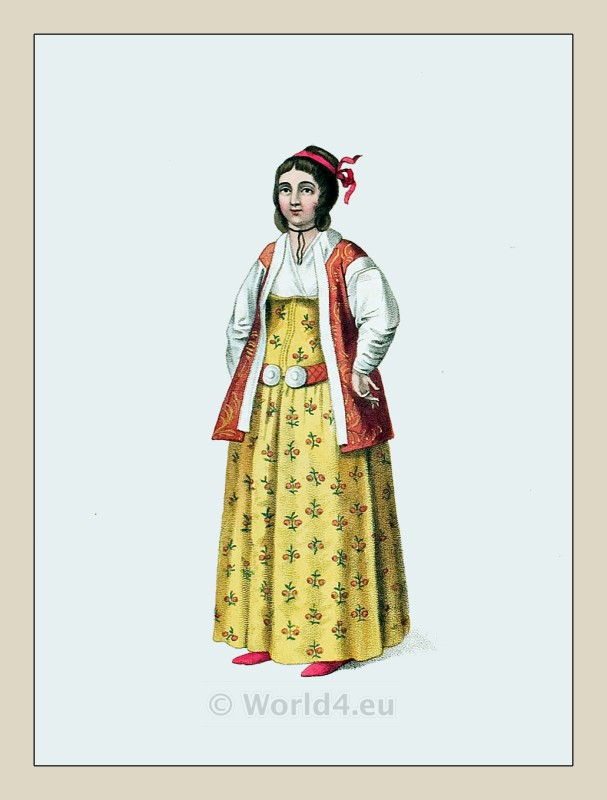It has been remarked before, that the dress of the women in many of these Islands was extremely picturesque and becoming. The present, perhaps, is only partially so, on account of the concealment of the lower part of the face
Tag: Octavian Dalvimart
A dervish of Syria. Each order has its particular costume.
THE various institutions of the Dervishes (Sufi) are established upon different principles. Each founder gave a distinctive character to his sect, by the statues, regulations, and practices, which he appointed.
A female bedouin of the dessert, with her child.
A female bedouin of the dessert, with her child. Ottoman Empire.
A Turkish musician at the Sultans court. Ottoman Empire.
This portrait represents one of the Grand Signior’s band in his usual habit. He is in the act of playing upon a mandolin, something similar to the modem or Spanish guitar
The Capitan Pasha, Derya Bey. Admiral of the Turkish Navy.
Kaptan Pasha (Ottoman قاپودان پاشا; also Kaptanpaşa / کاپیتان پاشا; Kapudan i Derya / قاپودان دریا Kaptan-i Derya / کاپیتان دریا) was the highest military rank of the Ottoman Navy.
A Tatar. Ottoman Empire 1800.
The Tatars have different degrees of rank. Historical Ottoman Empire officials and ethnic groups.
A Mevlevi Tariqa Dervish. Historical Ottoman Empire officials.
The founder Dschalal ad-Din Muhammad Rumi. When the first Dervish comes opposite the Scheik he makes a salutation, and, passing on, begins the dance.
A Turkish woman wears a green feredje. Dress worn at Constantinople.
The feredjè (Mantle, Cape or coat), is universally in that city made of green cloth or other stuff, with its long square cape quilted and covered with green silk.
A woman with maharmah, feredje and yellow boots.
A lady in a provincial dress with maharmah and feredje. Women commonly wore this style of outfit in Constantinople and the outer regions of the city.
Portrait of a female living at Pera, as she appears in the interior, or harem.
Portrait of a female living at Pera, as she appears in the interior, or harem.









